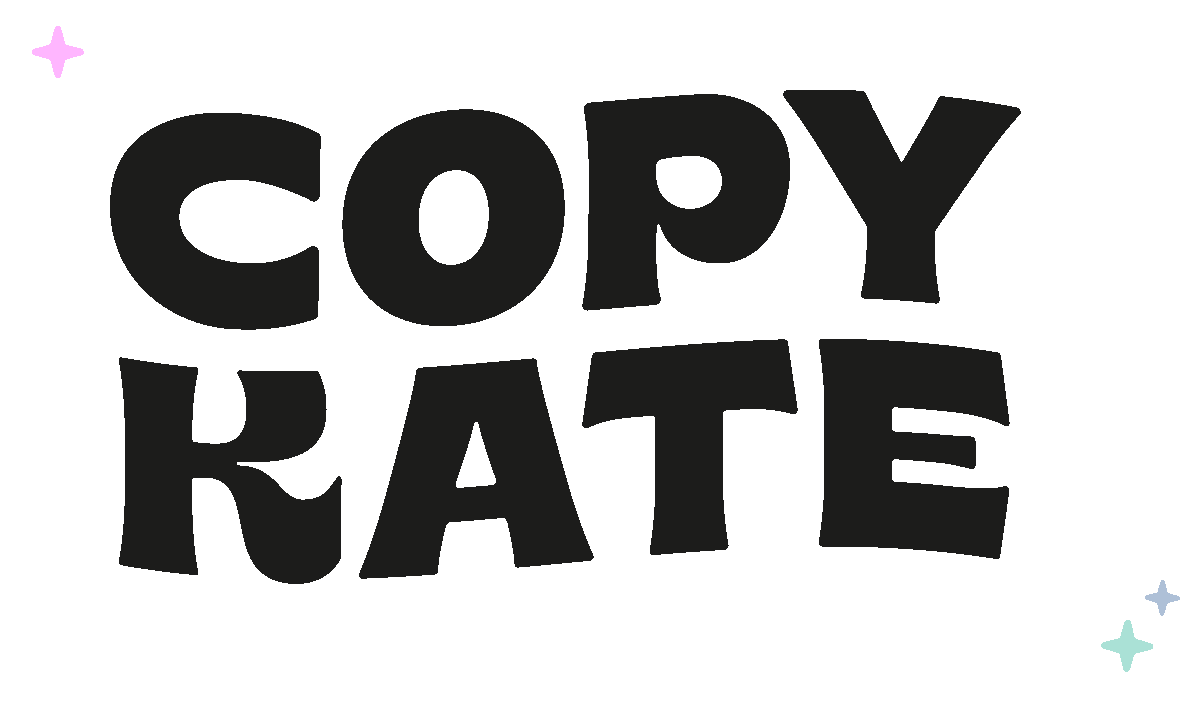The role of landing pages in your marketing system
If you’ve ever run an ad campaign, sent out an email blast, or posted something you hoped would drive traffic to your business, you’ve probably faced a frustrating truth: getting clicks is one thing, getting customers is another.
The gap between the two? That’s where most businesses lose people.
And more often than not, the culprit is where you send them.
Why your homepage isn’t cutting it
The thing is, your homepage wasn’t designed to convert a visitor into a customer in one sitting. It’s a tour guide, not a salesperson.
Think about it: your homepage is a buffet of information. Navigation menus. Multiple offers. Blog posts. Social links. “Learn more” buttons everywhere.
When you send traffic from an ad or an email to your homepage, you’re essentially saying:
"Here’s everything about us. Now, you figure out what to do next."
And in a world where attention spans are measured in seconds, most people won’t stick around to figure it out. They’ll click around, maybe read a headline or two, then leave.
Enter the landing page
A landing page is a focused, single-purpose page designed for one specific action: buy, sign up, book a call, whatever your goal is.
No competing links. No rabbit holes. No “About Us” detours. Just a straight, intentional path from “I’m interested” to “I’m in.”
The job of the landing page is not to inform in a broad sense. It’s to persuade in a focused sense, to take the interest generated by your ad, post, or email and channel it into a concrete next step.
The landing page isn’t the whole system
Here’s where many businesses trip up: they think creating a landing page is enough.
But a landing page is not a magic portal that converts all traffic by itself. It’s part of a system, one where every piece has its own job.
Let’s break it down:
1. Ad copy
The purpose of your ad is not to sell. Read that again.
An ad’s job is to:
Grab attention from the right people (not just anyone who will click)
Spark curiosity or desire
Get them to click through to your landing page
That’s it. If your ad tries to do too much: explain every detail, address every objection, close the sale right there, it either gets scrolled past or overwhelms the reader.
Think of your ad as the intriguing opening line at a networking event. Your landing page is the rest of the conversation.
2. Landing page
This is where you sell the action. Whether it’s:
Making a purchase
Signing up for a newsletter
Booking a call or appointment
The landing page answers questions, overcomes doubts, and shows why the action is worth taking , all in the most direct way possible.
It should feel like a continuation of your ad, not a jarring switch. Same tone, same promise, same thread. If your ad is a promise, your landing page is the proof.
3. Follow-up emails
Most people won’t take action on the first visit. And that’s okay, if you have a follow-up plan.
Follow-up emails are not one-size-fits-all. They depend entirely on the action your landing page is asking for:
If your landing page is for email sign-ups: Your follow-up emails should welcome them, set expectations, and start delivering value right away. You’re building trust and giving them reasons to stick around.
If your landing page is to sell a product or service: Your emails should nurture leads, address hesitations, show proof of results, and give them reasons to act sooner rather than later.
If your landing page is for bookings: Your emails should confirm the appointment, prepare them for what’s next, and keep them engaged so they actually show up.
In many cases, the follow-up is where the sale happens, especially for higher-priced offers or services.
The importance of flow
A good marketing system isn’t just a collection of assets, it’s a sequence.
Ad → Landing page → Follow-Up emails.
Each stage has its own job, and each one hands off to the next without losing momentum.
The tone, promise, and message need to stay consistent from first click to final “yes.” A mismatch, for example, a fun, informal ad that leads to a dry, jargon-heavy landing page is a conversion killer.
Common landing page mistakes (and what to do instead)
Even when businesses get the concept, execution often trips them up. Here are the biggest pitfalls I see:
1. Too much information: Clarity beats quantity every time. If you try to cover everything, you end up diluting the core action you want people to take.
2. Visual clutter: A landing page with five competing colors, blinking banners, and twenty calls-to-action is not persuasive. It’s exhausting. Keep the design clean and make the primary button impossible to miss.
3. Inconsistent messaging: If your ad promises a “Free guide to doubling your sales in 30 days,” your landing page shouldn’t suddenly shift to a generic “Sign up for updates.” Keep the thread.
4. Asking too much, too soon: Match the ask to the stage. You can’t sell a €5,000 service to someone who just discovered you five seconds ago. Warm them up first.
The takeaway
Online attention is a scarce resource. You don’t just compete with your direct competitors, you compete with everything else on someone’s screen.
A landing page, used in the right system, respects that reality. It removes distractions, focuses attention, and makes the next step easy.
And because each element in the system has a defined role, you’re not leaving conversions to chance. You’re creating a guided journey, one that feels natural for the visitor and predictable for you.
